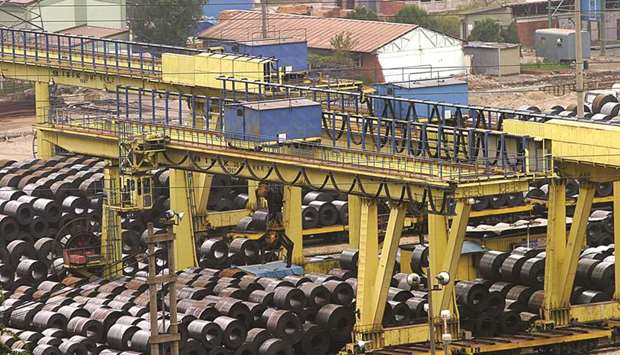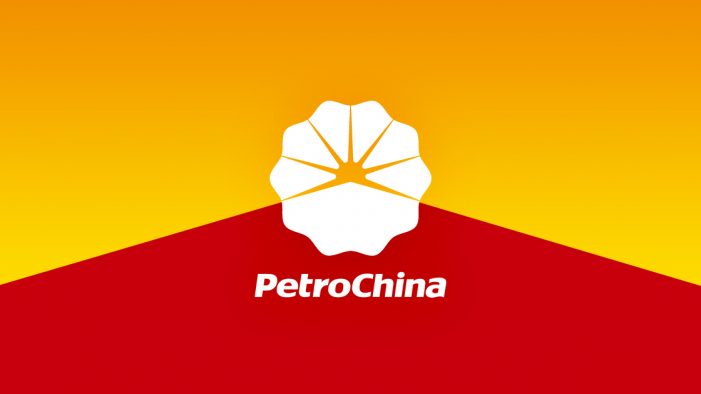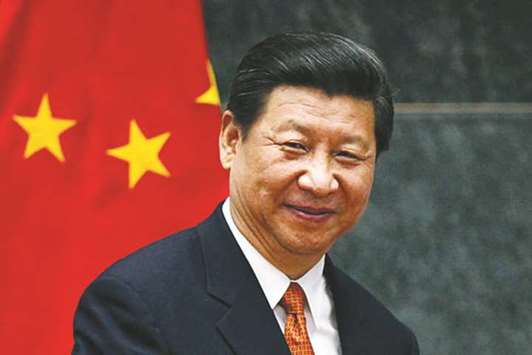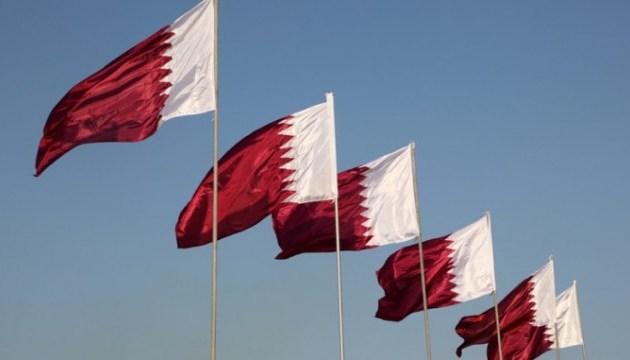Brexit : HSBC transfère sept succursales de Londres à Paris

La banque investit également lourdement en Asie pour accélérer sa croissance.
Dans la finance, les préparatifs en prévision du Brexit s’accélèrent. La Grande-Bretagne redoute désormais une sortie de l’Union européenne (UE) sans accord avec Bruxelles. Ce qui compliquerait encore davantage le travail de ses banques sur le Vieux Continent. Prenant les devants, HSBC a annoncé lundi que plusieurs de ses succursales européennes, jusqu’alors contrôlées depuis Londres, seront l’an prochain rattachées à sa filiale française.
Ses activités en République tchèque, Irlande, Italie, Luxembourg, Pays-Bas et Espagne seront pilotées depuis Paris par HSBC France, en principe à partir du premier trimestre 2019. Soit juste avant la sortie effective du Royaume-Uni de l’UE, prévue fin mars. «Ce que nous avons prévu depuis le début, depuis plus de deux ans, a été fondé sur le pire des scénarios», explique John Flint, le nouveau directeur général.
» LIRE AUSSI – Brexit: Bruxelles n’exclut pas une sortie sans accord
L’annonce a été faite quelques heures après la publication de résultats mitigés pour le groupe bancaire britannique. Après avoir mené un vaste plan de restructuration ces dernières années et fait des économies à tous crins, la banque a enregistré une hausse de 7 % de ses coûts sur les six premiers mois de l’année, en raison de ses investissements en Asie, où elle veut pousser plus encore son avantage. Elle y réalise déjà près de la moitié de son activité. «Nous sommes en train d’investir pour gagner de nouveaux clients, pour accroître notre part de marché et poser les fondations d’une croissance régulière des bénéfices», souligne John Flint. Aux manettes depuis février, il est d’ailleurs prêt à aller beaucoup plus loin, puisqu’il a dévoilé en juin un plan d’investissement sur trois ans de 15 à 17 milliards de dollars.
Les dépenses déjà engagées ces derniers mois par la banque ont permis d’embaucher afin de conquérir davantage de clients et de se renforcer dans les activités numériques, en particulier en Chine. Mais cette hausse des dépenses a été plus forte que celle du chiffre d’affaires, qui augmente de 4 % (2 % ajustés des éléments exceptionnels). Voilà qui explique l’accueil plutôt froid réservé aux résultats semestriels de la banque à la Bourse de Londres, où le titre a terminé lundi en léger repli (- 1,06 %).
Pourtant, le bénéfice semestriel dévoilé lundi est légèrement supérieur aux prévisions, avec une progression de 2,5 %, à 7,173 milliards de dollars. En Asie, le bénéfice avant impôt du premier semestre a même bondi de 23 %, à 9,4 milliards de dollars, ce qui représente 88 % du bénéfice total du groupe.
Baisse des profits en Europe
Mais ces bonnes performances ont été contrebalancées par une baisse des profits sur d’autres marchés, en particulier en Europe, où l’activité est pénalisée notamment par la faiblesse des taux d’intérêt. Toutefois, le patron de HSBC espère toujours stimuler les revenus de son groupe dans les prochains mois, pour que, sur l’année, la progression des recettes soit plus forte que celle des coûts.
Mais la guerre commerciale entre les États-Unis et la Chine, qui préoccupe toujours les marchés financiers, lézarde la confiance dans la capacité de la banque à tenir cette promesse. Pour l’instant, HSBC affirme que cette guerre douanière n’a eu aucun effet sur son activité et ses clients. Le président du groupe, Mark Tucker, a même tenu à rappeler que le marché asiatique restait solide. Mais John Flint reconnaît que la croissance chinoise pourrait en être légèrement affectée.
Touchée par de nombreux scandales financiers ces dernières années, HSBC a aussi annoncé avoir trouvé un accord en juillet avec le département américain de la Justice. La banque paiera une pénalité financière de 765 millions de dollars pour mettre fin aux poursuites sur son activité dans les prêts immobiliers avant la crise financière de 2008.








